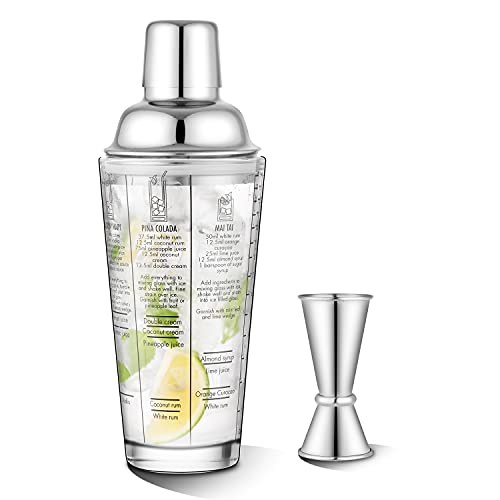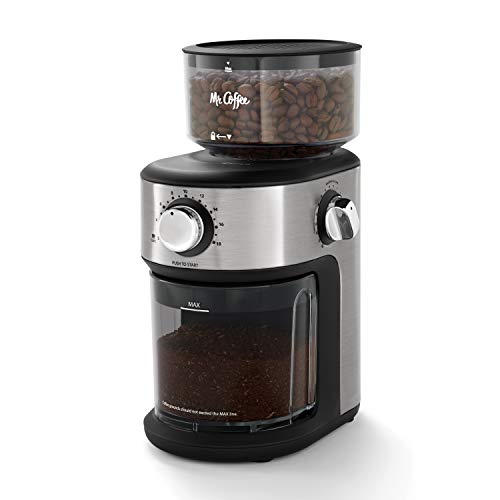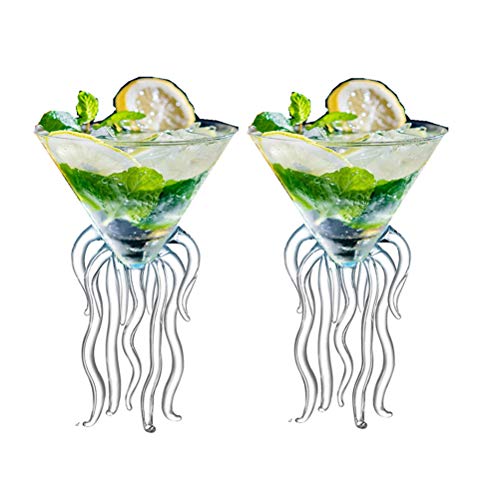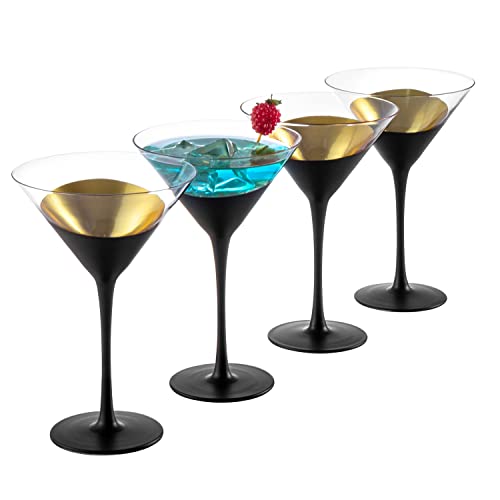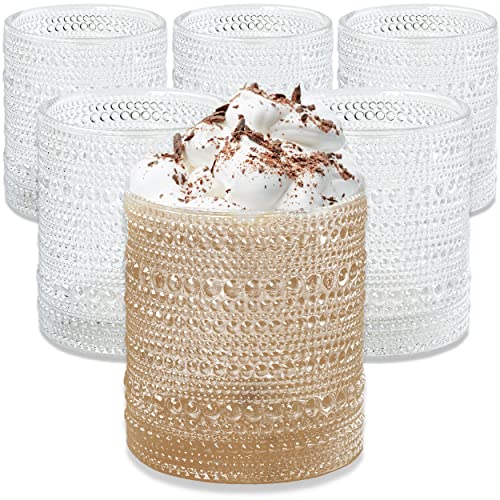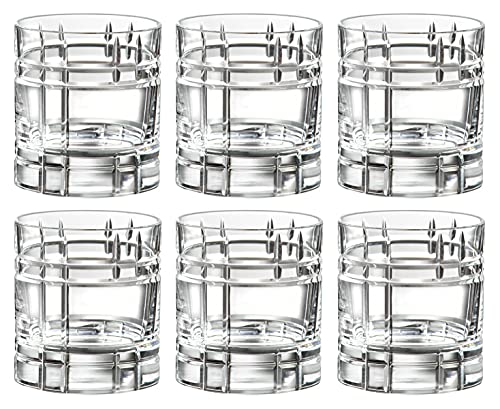- What Are The Components Of Beer And Their Caloric Value?
- Science Of Beer
- How Many Calories Is Beer?
- Best Low-Calorie Beers
- How Do You Track Your Daily Caloric Intake?
- What Affects The Calorie Count Of A Beer?
- How Does Alcohol Content Affect Calorie Count?
- Which Beers Have The Most Calories?
- How To Burn Off The Calories In Beer?
- The Calorie Counts of America’s 10 Most Popular Brews
- What Are Some Healthier Beer Alternatives?
- How To Drink Beer Without Breaking The Calorie Bank
- FAQs
- How many calories are in wine?
- How many calories are in liquor and liqueur?
- How many calories are in champagne?
- How many calories are in a mixed drink?
- How many calories are in hard seltzer, cider, etc.?
- How many calories, carbs, and sugar are in alcoholic drinks?
- Are dark beers healthier?
- Is beer more fattening than wine?
- Conclusion
How Many Calories Is Beer?
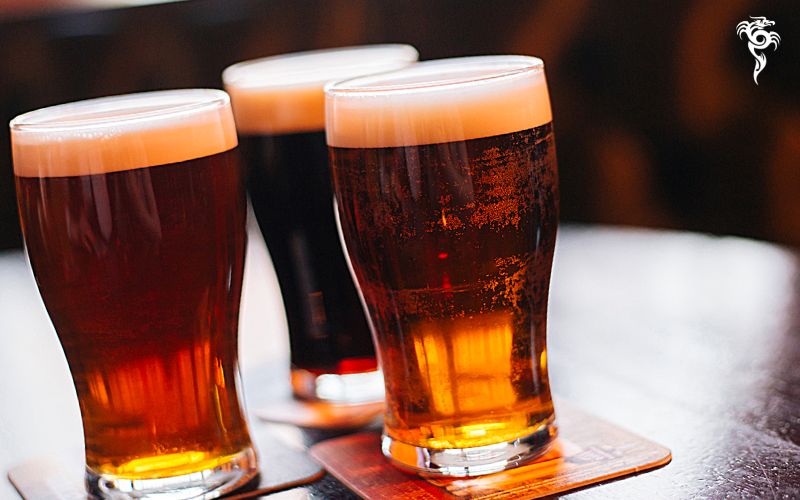
When it comes to beers, there are different types with different calorie levels. Knowing how many calories are in Beer can help you make the best choices for your waistline and health. There are many things to consider when looking at the number of calories in Beer. The main factors include the alcohol content, carbohydrate content, and calorie count of the specific brand or type of Beer. So, How Many Calories Is Beer? Normally, 12 ounces of Beer contains 150 calories, while most light beers have around 100 calories, and some heavier beers can have up to 200 or more. Understanding how these numbers break down is important for maintaining a healthy diet and drinking responsibly.
What Are The Components Of Beer And Their Caloric Value?
The three main components of Beer are water, alcohol, and carbohydrates. These three ingredients each contribute to the calorie count in different ways.
Water: Water is the base of all beers and makes up around 90% of the drink. This means that water does not contribute any calories to Beer.
Alcohol: Alcohol is the second most abundant ingredient in Beer and is what gives the drink its characteristic buzz. Alcohol contains 7 calories per gram, which means that a standard 12-ounce beer has about 96 calories from alcohol alone.
Carbohydrates: Carbohydrates are found in the malt used to brew Beer and provide the sweetness that many people enjoy. One gram of carbohydrates contains 4 calories, so a 12-ounce beer with 10 grams of carbs has 40 calories from carbohydrates.
Science Of Beer
The science of Beer is fascinating, and there is a lot to learn about how this popular beverage is made. Beer is brewed by combining water, malt, hops, and yeast. The malt provides the sugars that the yeast uses to create alcohol and carbon dioxide, while the hops add bitterness and flavor. The type of yeast used will determine whether the Beer is a lager or an ale.
Lagers are made with bottom-fermenting yeasts that ferment at lower temperatures and produce a clean, crisp flavor. Ales are made with top-fermenting yeasts that ferment at higher temperatures and produce a fruitier flavor. There are many different types of Beer available, from light lagers to dark ales, and each has its own unique flavor profile.
The brewing process is relatively simple, but there is a lot of science that goes into making the perfect Beer. In addtion, to the four main ingredients, water, malt, hops, and yeast, there are also a variety of other adjuncts that can be added to the brew. These adjuncts can include fruit, spices, and even chocolate. The combination of these ingredients will produce a beer with its own unique flavor and character.
The perfect Beer is a matter of personal taste, but there are some general guidelines that can be followed to choose the right one. When choosing a beer, it is important to consider the color, body, flavor, and aroma. The color of the Beer can range from light to dark, and the body can be thin or thick. The flavor of the Beer can be sweet, sour, or bitter, and the aroma should be pleasant and inviting.
The color of the Beer can range from straw-colored to black, and the body can be light or full. The flavor of the Beer can be sweet, malty, hoppy, or bitter, and the aroma should be pleasant and inviting.
When choosing a beer, it is important to consider the alcohol content, as this will affect the number of calories in the drink. Beers with a higher alcohol content tend to have more calories, so it is important to choose wisely. Light beers are a good choice for those watching their calorie intake, as they tend to have fewer calories than other types of Beer.
If you are interested in learning more about the science of Beer, there are many resources available online and in libraries. With a little bit of research, you can be a beer expert in no time!
Fun facts about Beer
- Beer is one of the oldest drinks in the world, with a history that dates back to the early days of civilization.
- The first breweries were established in Mesopotamia, and Beer was an important part of ancient Egyptian culture.
- Beer is made by fermenting grain, usually barley or wheat.
- Hops are added to Beer to give it bitterness, flavor, and aroma.
- Yeast is used to brewing Beer, and there are two main types of yeast: bottom-fermenting and top-fermenting.
- Lagers are made with bottom-fermenting yeasts, while ales are made with top-fermenting yeasts.
- There are many different styles of Beer available, from light lagers to dark ales.
- The alcohol content of Beer can range from 3% to 12%.
- Light beers tend to have fewer calories than other types of Beer.
- Beer is a good source of vitamins and minerals, including B vitamins, potassium, and magnesium.
- Drinking Beer can help to prevent heart disease and osteoporosis.
- Beer is the world’s most popular alcoholic beverage, and it is enjoyed by people of all ages. Beer is one of the most popular drinks in the world, and it has a long and rich history. The perfect Beer is a matter of personal taste, but there are some general guidelines that can be followed to choose the right one. When choosing a beer, it is important to consider the color, body, flavor, and aroma. The alcohol content of Beer can also be an important factor, as this will affect the number of calories in the drink. Light beers are a good choice for those watching their calorie intake, as they tend to have fewer calories than other types of Beer.
The Bad Health Effects Of Drinking Beer
Drinking Beer can lead to a number of unpleasant and even dangerous health consequences.
- Drinking too much Beer can cause liver damage, heart disease, pancreatitis, high blood pressure, and several types of cancer.
- Drinking Beer can also lead to weight gain, as it is high in calories and carbohydrates.
- Beer drinking can also contribute to accidents and injuries, due to the impaired judgment and coordination that it causes.
It is best to avoid drinking Beer altogether if you are pregnant, trying to lose weight, or recovering from an illness. If you do choose to drink Beer, do so in moderation and be aware of the potential risks. Drinking Beer can lead to a number of unpleasant and even dangerous health consequences.
The Health Benefits Of Drinking Beer
It is no secret that Beer has a bit of a bad reputation when it comes to health. Often seen as nothing more than empty calories, Beer is often demonized by the health-conscious among us. However, there are actually a number of health benefits that come along with moderate beer consumption. Here are just a few of the ways that drinking Beer can be good for your health:
- Beer can help to reduce the risk of heart disease.
- The antioxidants in Beer can help to protect against cancer.
- Beer can help to improve brain function and memory.
- Drinking Beer can increase levels of good cholesterol.
- Moderate beer consumption can help to prevent osteoporosis.
So, the next time you reach for a beer, know that you are doing your body a favor! Just be sure to drink in moderation, as too much Beer can actually have the opposite effect.
How Many Calories Is Beer?
Now that we know the calorie content of each component of Beer, we can put it all together to get an idea of how many calories are in Beer overall. A standard 12-ounce beer has about 150 calories, with 96 of those coming from alcohol and the rest from carbohydrates. Light beers usually have around 100 calories, while some heavier beers can have 200 or more.
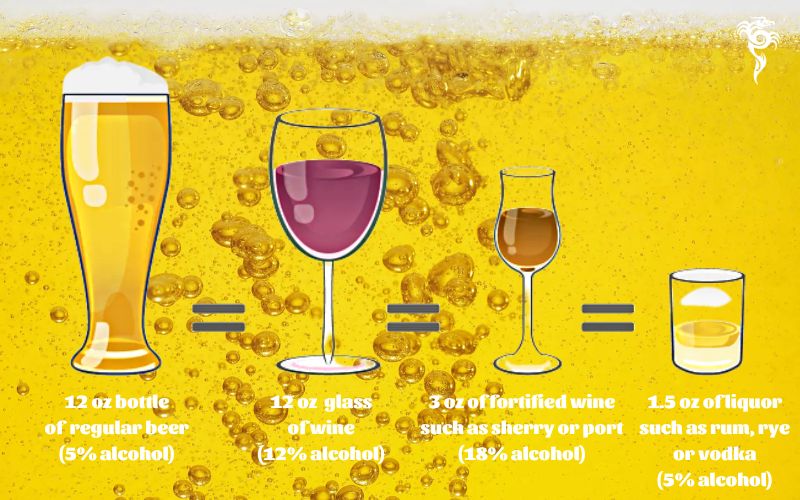
When it comes to choosing a beer, it is important to consider not only the calorie content but also the alcohol and carbohydrate content. Beers with higher alcohol levels will have more calories, and beers with more carbohydrates will have more sweetness and body. Ultimately, the best choice for you is the one that you enjoy the most and can drink responsibly.
- IPA: 200 calories
- Wheat beer: 147 calories
- Porter: 160 calories
- Brown ale: 160 calories
- Pale ale:182 calories
- Bitter: 180 calories
- Mild bitter: 142 calories
- Stout: 210 calories
- Lager: 170 calories
- Lager premium: 338 calories
- Sweet cider: 220 calories
- Vintage sweet cider: 580 calories
- Dry cider: 180 calories
Among beer brands with the highest calorie levels are:
- Sierra Nevada India Pale Ale with 6.9% ABV and 231 calories.
- Sierra Nevada Bigfoot with 9.6% ABV and 330 calories
- Dogfish Head, 120 Minute IPA with an impressive 18% ABV and enormous 450 calories
- New Belgium Fat Tire Amber Ale with 5.2% ABV and 220 calories.
- Deschutes Brewery Chain Breaker White IPA with 6.8% ABV and 210 calories.
- Oskar Blues Dale’s Pale Ale with 6.5% ABV and 210 calories.
Overall, Beer is not a particularly calorie-dense beverage. A 12-ounce beer has about 150 calories, which is less than many other common alcoholic beverages. Of course, the number of calories in a beer can vary depending on the style and alcohol content. So, if you are watching your weight, be sure to choose a light beer or one with lower alcohol content. And, as always, drink responsibly!
How many calories in Guinness extra stout?
A 12-ounce can of Guinness extra stout has 176 calories. Of those, 96 calories come from alcohol and the rest come from carbohydrates. Guinness extra stout is a bit higher in calories than some other beers because it has a higher alcohol content. Guinness Extra stout also has a bit more carbohydrates than some other beers, which contributes to its sweetness and body.
Guinness Extra Stout: 12-ounce can, 176 calories
- 96 calories from alcohol
- 80 calories from carbohydrates
How many calories in a Yuengling?
A 12-ounce bottle of Yuengling has 168 calories. Of those, 99 come from alcohol, and the rest come from carbohydrates. Yuengling is a bit higher in calories than some other beers because it has a higher alcohol content. Yuengling also has a bit more carbohydrates than some other beers, which contributes to its sweetness and body.
Yuengling: 12-ounce bottle, 168 calories
- 99 calories from alcohol
- 69 calories from carbohydrates
Beer Calorie Breakdown
Now that we know how many calories are in Beer let’s take a closer look at the calorie breakdown. As we mentioned before, Beer is made from four main ingredients: water, yeast, hops, and malt.
- Water: Water makes up 90-95% of Beer and contains no calories.
- Yeast: Yeast is used to fermenting the Beer and contains no calories.
- Hops: Hops add bitterness and flavor to Beer and contain no calories. Hops can also help remove bacteria from Beer.
- Malt: Malt adds sweetness and color to Beer and contains calories.
The majority of the calories in Beer come from malt. Malt is made from barley, which is a type of grain. One pound of barley can make about 36 cans of Beer.
Making malt involves soaking the barley in water and then allowing it to germinate or sprout. The barley is then dried and roasted. The longer the barley is roasted, the darker the malt will be.
Beer often has more calories than other drinks such as wine and spirits (vodka, rum, tequila). However, Beer does not have much nutritional value, so many people simply refer to Beer as empty calories because the calories in Beer do not provide our body with energy.
Darker beers tend to have more calories than lighter beers because they are made with more malt. For example, a 12-ounce can of Guinness Extra Stout has 176 calories, while a 12-ounce can of Coors Light has 102 calories. So, if you are trying to watch your calorie intake, you may want to choose a light beer over a dark beer.
When it comes to alcohol content, darker beers also tend to have more alcohol than lighter beers. This is because darker beers are made with more malt, which ferments longer and produces more alcohol. For example, a 12-ounce can of Guinness Extra Stout has an alcohol content of 7%, while a 12-ounce can of Coors Light has an alcohol content of 4.2%. So, if you are trying to limit your alcohol consumption, you may want to choose a light beer over a dark beer.
Carbs: The carbohydrates in Beer come from the malt and the yeast. One 12-ounce can of Beer has about 10-15 grams of carbohydrates.
The majority of the carbohydrates in Beer come from malt. Malt is made from barley, which is a type of grain. One pound of barley can make about 36 cans of Beer.
The process of making malt involves soaking the barley in water and then allowing it to germinate or sprout. The barley is then dried and roasted. The longer the barley is roasted, the darker the malt will be.
Darker beers tend to have more carbohydrates than lighter beers because they are made with more malt. For example, a 12-ounce can of Guinness Extra Stout has 28 grams of carbohydrates, while a 12-ounce can of Coors Light has 5 grams of carbohydrates. So, if you are trying to watch your carbohydrate intake, you may want to choose a light beer over a dark beer.
The yeast in Beer also contributes to the carbohydrate content. However, the amount of yeast in Beer is very small, and it does not contribute many carbohydrates.
It involves soaking the barley in water and then allowing it to germinate or sprout. The barley is then dried and roasted. The longer the barley is roasted, the darker the malt will be.
A good example of the nutritional value of a 12-ounce beer is about 150 calories, it contains 13 grams of carbs and 14 grams of alcohol, no fat, no cholesterol, and very little sodium. Most of the calories come from carbohydrates.
Now, you’re reading “How Many Calories Is Beer?” of Phoenix Landing Bar. Keep reading!
Beer Calorie Calculator

To estimate the number of calories in a standard beer, you can use this calculation:
Beer calories = ABV% x factor 2.5 x ounces of beer
For example, for a 12-ounce can of Coors Light with an ABV of 4.2%, the calculation would be:
12 x 4.2% x 2.5 = 153 calories
For a 12-ounce can of Guinness Extra Stout with an ABV of 7%, the calculation would be:
12 x 7% x 2.5 = 262 calories
As you can see, the darker Beer has almost double the number of calories as the lighter Beer. This is because it is made with more malt and has a higher alcohol content. So, if you are trying to watch your calorie intake, you may want to choose a light beer over a dark beer.
Best Low-Calorie Beers
Larges
Many people love to drink crisp lagers with a light, delicious taste. This Beer is usually light, amber, and dark in color, with an average of 55 to 124 calories per 12 ounces (354ml). The most popular lagers are:
- Ale: 124 calories
- Buckler: 74 calories
- Bud Ice: 124 calories
- Bud Light: 103 calories
- Bud Light Lime: 120 calories
- Bud Select: 99 calories
- Bud Select 55: 53 calories
- Busch Light: 96 calories
- Busch N.A: 60 calories
In this beer group, the lowest is Budweiser Select beer with 53 calories and 2.4% ABV, and the highest is Bud Ice with 124 calories and 4.3%.
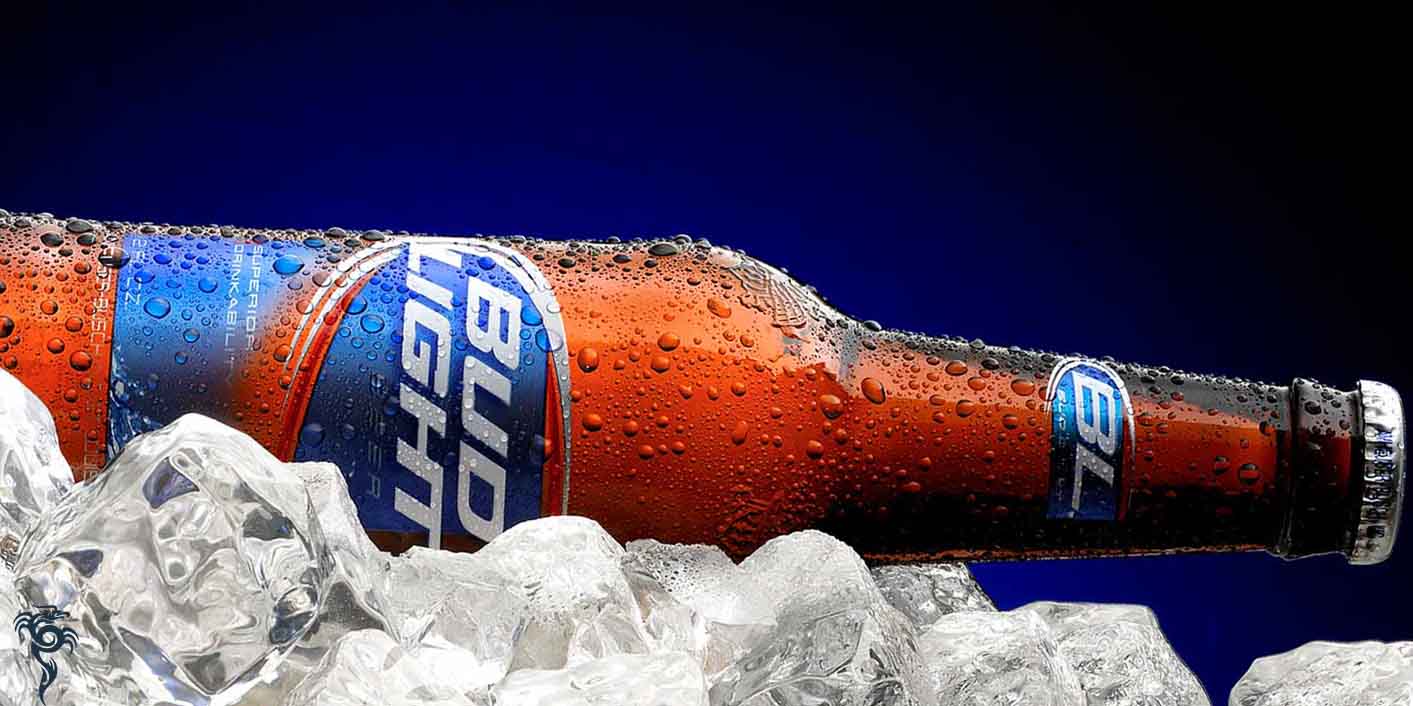
Ales
Ales beer is usually bitter in taste and is quite low in calories and is often produced in breweries in Germany, Canada and Belgium. Calories in Ales range from 75 to 160 per 12 ounces (354ml).
- Carlsberg: 113 calories
- Clausthaler: 92 calories
- Colt 45: 156 calories
- Coors: 149 calories
- Coors Light: 103 calories
- Coors N.A: 64 calories
- Corona: 149 calories
- Ginger Beer: 149 calories
- Honey Brown: 149 calories
- Hurricane High Gravity: 138 calories
- Keystone Ice: 142 calories
- Keystone Light: 103 calories
- Koelsch: 152 calories
- Light Beer: 103 calories
In this group of beers, the lowest calorie beer is Le Petit with only 75 calories and 2.9% ABV, the highest calorie is the Fat Tire Amber Ale beer with 160 calories and 5.2 ABV.
Stouts
Stouts are a dark, heavy beer that is made with roasted malt or roasted barley, hops, water and yeast. The typical stout has between 175 and 200 calories per 12 ounces (354ml), but some can have as many as 250 calories.
- Guinness: 168 calories
- Murphy’s Irish Stout: 168 calories
- Newcastle Brown Ale: 175 calories
- O’Doul’s: 95 calories
- Olde English 800: 160 calories
- Red Stripe: 140 calories
- Sierra Nevada Stout: 168 calories
- Yuengling Traditional Lager: 175 calories
In this group, the lowest calorie stout is O’Doul’s with only 95 and 0.4% ABV. The Guinness Draught is the highest in calories with 168 and 4.2% ABV.
Non-Alcoholic Beer
Non-alcoholic beer is beer that has had the alcohol removed. Most non-alcoholic beers have between 30 and 90 calories per 12 ounces (354ml).
- Budweiser Select: 53 calories
- Coors N.A: 64 calories
- O’Doul’s: 95 calories
As you can see, the calorie content of non-alcoholic beer can vary widely. The Budweiser Select is the lowest calorie with only 53, while the Coors N.A has 64 calories.
Craft Beer
Craft beer is a type of beer that is made by a small, independent brewery. Craft beer typically has a higher alcohol content than mass-produced beer and is often more expensive.
Some of the most popular craft beers are:
- Bells Two Hearted Ale: 7% ABV, 210 calories per 12 ounces (354ml)
- Dogfish Head 60 Minute IPA: 6% ABV, 210 calories per 12 ounces (354ml)
- Founders All Day IPA: 4.7% ABV, 170 calories per 12 ounces (354ml)
- Lagunitas Little Sumpin’ Sumpin’ Ale: 7.5% ABV, 240 calories per 12 ounces (354ml)
- Sierra Nevada Pale Ale: 5.6% ABV, 190 calories per 12 ounces (354ml)
As you can see, craft beer can be high in calories, so if you are watching your calorie intake, be sure to choose a light beer or a non-alcoholic beer.
Low Calorie And Gluten-Free Beers
There are a number of low-calorie and gluten-free beers on the market today. Here are just a few of the most popular options:
Michelob Ultra: This light Beer has only 95 calories and 2.6 grams of carbohydrates per 12-ounce serving. Michelob Ultra is also gluten-free.
Bud Light: Another light beer, Bud Light has only 110 calories and 6.6 grams of carbohydrates per 12-ounce serving. Bud Light is also gluten-free.
Coors Light: Coors Light has 102 calories and 5 grams of carbohydrates per 12-ounce serving. Coors light is also gluten-free.
Miller Lite: Miller Lite has 96 calories and 3.2 grams of carbohydrates per 12-ounce serving. Miller Lite is also gluten-free.
How Do You Track Your Daily Caloric Intake?
If you are trying to watch your calorie intake, there are a few ways to track your daily caloric intake. One way is to use a food diary or calorie tracker. Some several different apps and websites can help you track your calories. Another way to track your calories is to use a pedometer or activity tracker. This can help you see how many calories you are burning throughout the day.
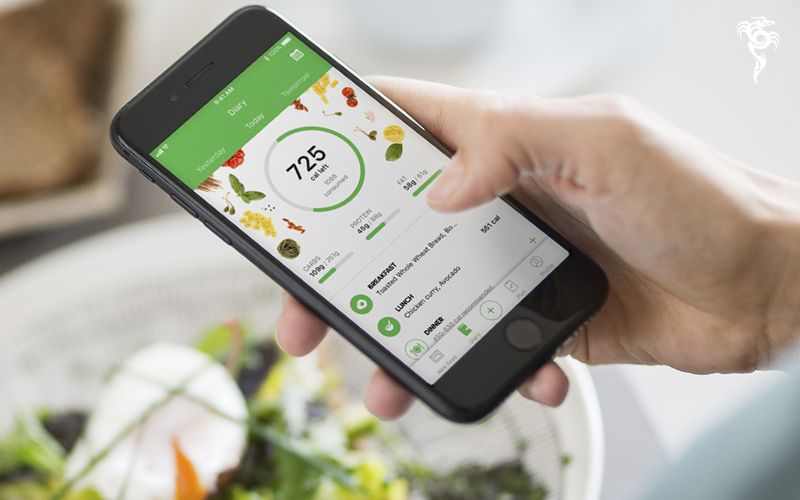
No matter what method you use to track your calories, the most important thing is to be consistent and make sure you are accurate. Tracking your calories can be a great way to help you lose weight or maintain a healthy weight. So, if you are looking to improve your health, start tracking your calorie intake today!
Now, you’re reading “How Many Calories Is Beer?” of Phoenix Landing Bar. Keep reading!
What Affects The Calorie Count Of A Beer?
The calorie count of a beer can be affected by several factors, including the type of Beer, the alcohol content, and the serving size. For example, ales tend to be lower in calories than lagers, and light beers tend to be lower in calories than dark beers. The alcohol content of a beer can also affect the calorie count. Beers with a higher alcohol content tend to have more calories than beers with lower alcohol content. Finally, the serving size of a beer can also affect the calorie count. A 12-ounce serving of Beer has more calories than a 6-ounce serving of Beer.
If you are trying to watch your calorie intake, it is important to be aware of all of these factors. When choosing a beer, try to choose a light beer with low alcohol content. And, be sure to pay attention to the serving size. A 12-ounce serving of Beer can have more than double the calories of a 6-ounce serving of Beer.
How Does Alcohol Content Affect Calorie Count?
The calorie count of a beer can be affected by the alcohol content. Beers with a higher alcohol content tend to have more calories than beers with lower alcohol content. For example, Guinness Extra Stout has an alcohol content of 7% and Yuengling has an alcohol content of 5%. So, if you are trying to limit your alcohol consumption, you may want to choose a light beer over a dark beer.
The calorie count of a beer can also be affected by the type of Beer. For example, ales tend to be lower in calories than lagers, and light beers tend to be lower in calories than dark beers.
Light Vs Dark Beers
When it comes to light vs dark beers, there are a few things to consider. For example, darker beers tend to have more calories and carbohydrates than light beers. This is because dark beers are usually made with more malt, which contains more sugar. Dark beers also tend to have a higher alcohol content than light beers. So, if you are watching your calorie intake, you may want to choose a light beer over a dark beer.
Light Beers:
- Bud Light: 103 calories
- Coors Light: 102 calories
- Miller Lite: 96 calories
Dark Beers:
- Guinness Extra Stout: 176 calories
- Yuengling: 168 calories
- Michelob Ultra: 95 calories
As you can see, some dark beers are lower in calories than light beers. However, overall, light beers tend to be lower in calories than dark beers. So, if you are trying to watch your calorie intake, you may want to choose a light beer over a dark beer.
When it comes to alcohol content, light beers tend to have less alcohol than dark beers. For example, Bud Light has an alcohol content of 4.2% and Coors Light has an alcohol content of 4.2%. Meanwhile, Guinness Extra Stout has an alcohol content of 7% and Yuengling has an alcohol content of 5%. So, if you are trying to limit your alcohol consumption, you may want to choose a light beer over a dark beer.
Which Beers Have The Most Calories?
Now that we know how the type of Beer, alcohol content, and serving size can affect the calorie count, let’s take a look at some specific beers.
Here are some of the beers with the most calories:
- Guinness Extra Stout: 176 calories
- Pete’s Wicked Ale: 172 calories
- Anheuser-Busch Ice Pale Lager: 171 calories
- Harpoon IPA: 170 calories
- Yuengling: 168 calories
- Long Trail: 163 calories
- Killian’s Irish Red: 162 calories
- Molson Ice: 160 calories
As you can see, some beers have more than 170 calories. These beers tend to be darker beers with higher alcohol content. So, if you are trying to watch your calorie intake, you may want to avoid these beers.
What Is The Difference Between Ales And Lagers?
Ales and lagers are two types of Beer. Ales are typically made with top-fermenting yeast, while lagers are made with bottom-fermenting yeast. Ales tend to be darker and have a fruitier flavor, while lagers tend to be lighter and have a cleaner flavor.
Ales also tend to be lower in calories than lagers. For example, Budweiser has about 145 calories, while Guinness Extra Stout has about 176 calories. So, if you are trying to watch your calorie intake, you may want to choose an ale over
How To Burn Off The Calories In Beer?

The Calorie Counts of America’s 10 Most Popular Brews
What Are Some Healthier Beer Alternatives?
If you are looking for a healthier alternative to beer, there are plenty of options out there. Here are some healthier beer alternatives:
1. Light beers: Light beers tend to be lower in calories than regular beers. For example, Bud Light has about 110 calories, while Coors Light has about 102 calories.
2. Alcohol-free beers: Alcohol-free beers are a great option if you are trying to limit your alcohol consumption. These beers typically have fewer calories than regular beers. For example, Heineken 0.0 has zero alcohol and only 69 calories.
3. Fruit-infused waters: Fruit-infused waters are a great way to get your daily dose of water and they can be just as refreshing as beer. Plus, they are typically low in calories. For example, Hint water has zero calories.
4. Kombucha: Kombucha is a type of fermented tea that is packed with probiotics and antioxidants. It is also low in calories. For example, GT’s Synergy Kombucha has about 35 calories.
5. Hard seltzers: Hard seltzers are a great option if you are looking for a refreshing, low-calorie drink. For example, White Claw has only 100 calories.
As you can see, there are plenty of healthier alternatives to beer. So, if you are looking to cut back on your alcohol consumption or calories, there are plenty of options available.
Now, you’re reading “How Many Calories Is Beer?” of Phoenix Landing Bar. Keep reading!
How To Drink Beer Without Breaking The Calorie Bank
Sip and Savor
If you are looking to drink beer without breaking the calorie bank, it is important to sip and savor your beer. Don’t chug your beer, as this can lead to consuming more calories than you intended.
Choose a Smaller Glass
Another way to drink beer without breaking the calorie bank is to choose a smaller glass. A smaller glass will help you to control your portions and prevent you from drinking too much.
Avoid Drinking Beer With High-Calorie Foods
If you are looking to cut back on calories, it is best to avoid drinking beer with high-calorie foods. For example, Avoid drinking beer with wings, as this can add a lot of extra calories to your meal.
Choose a Light Beer
If you are looking for a lower calorie option, choose a light beer. Light beers typically have fewer calories than regular beers. For example, Bud Light has about 110 calories, while Coors Light has about 102 calories.
Drink Slowly
Another way to drink beer without breaking the calorie bank is to drink slowly. Sipping your beer slowly will help you to savor it and prevent you from drinking too much.
Manage Food Choices
If you are looking to drink beer without breaking the calorie bank, it is important to manage your food choices. For example, avoid drinking beer with high-calorie foods such as wings. You should also try to choose a lighter beer if you are looking for a lower calorie option. Finally, make sure to drink your beer slowly to savor it and prevent yourself from drinking too much.
Seek Low ABV, High Flavor Beers
If you want to drink beer without breaking the calorie bank, look for low ABV, high flavor beers. These types of beers typically have fewer calories than regular beers. For example, Dogfish Head 60 Minute IPA has only 190 calories per 12 oz serving.
Look For Local Craft Beers
Another way to find low calorie options is to look for local craft beers. Craft beers often have fewer calories than mass-produced beers. For example, Boulevard Tank 7 Farmhouse Ale has only 160 calories per 12 oz serving.
Check The Label
When you are at the store, be sure to check the label before you buy a beer. The label will list the beer’s calorie content. For example, Budweiser Select 55 has only 55 calories per 12 oz serving.
As you can see, there are plenty of ways to drink beer without breaking the calorie bank. By following these tips, you can enjoy your favorite beer without having to worry about consuming too many calories.
FAQs
How many calories are in wine?
Wine typically has about 120 calories per 5 oz serving. However, this can vary depending on the type of wine. For example, a glass of red wine typically has more calories than a glass of white wine.
How many calories are in liquor and liqueur?
Liquor and liqueur can vary in calorie content. For example, a shot of vodka has about 96 calories, while a shot of tequila has about 104 calories.
How many calories are in champagne?
Champagne typically has about 90 calories per 5 oz serving. However, this can vary depending on the type of champagne.
How many calories are in a mixed drink?
Mixed drinks can vary in calorie content. For example, a Margarita has about 200 calories, while a Pina Colada has about 550 calories.
As you can see, the calorie content of alcoholic beverages can vary depending on the type of drink.
How many calories are in hard seltzer, cider, etc.?
The calorie content of hard seltzer, cider, and other alcoholic beverages can vary. For example, a 12 oz can of White Claw hard seltzer has about 100 calories, while a 12 oz can of Angry Orchard cider has about 160 calories.
How many calories, carbs, and sugar are in alcoholic drinks?
The calorie, carb, and sugar content of alcoholic drinks can vary. For example, a 12 oz can of Bud Light has about 110 calories, 5 grams of carbs, and 0 grams of sugar.
Are dark beers healthier?
There is no definitive answer to this question. Some people believe that dark beers are healthier because they contain more antioxidants. However, there is no scientific evidence to support this claim.
Is beer more fattening than wine?
There is no definitive answer to this question. Some people believe that beer is more fattening than wine because it contains more calories. However, there is no scientific evidence to support this claim.
Conclusion
So, How many calories is Beer? The answer may surprise you. Most beers have around 150 calories per 12-ounce serving, but some can have up to 200 or more. If you’re watching your weight, it’s important to be aware of the calorie content of different types of Beer and account for them when you’re planning your meals. However, it’s important to remember that these are just averages – the calorie content of a particular brand or style of Beer may vary. If you’re watching your waistline, be sure to check the nutrition label before you pop open that bottle or can. And if you’re looking for a low-calorie option, there are plenty of light beers available that will help keep your calorie intake in check. There are plenty of low-calorie options available if you want to enjoy a cold one without sacrificing your diet goals. Thanks for reading!
If you want more information to refer to phoenixlandingbar.com
